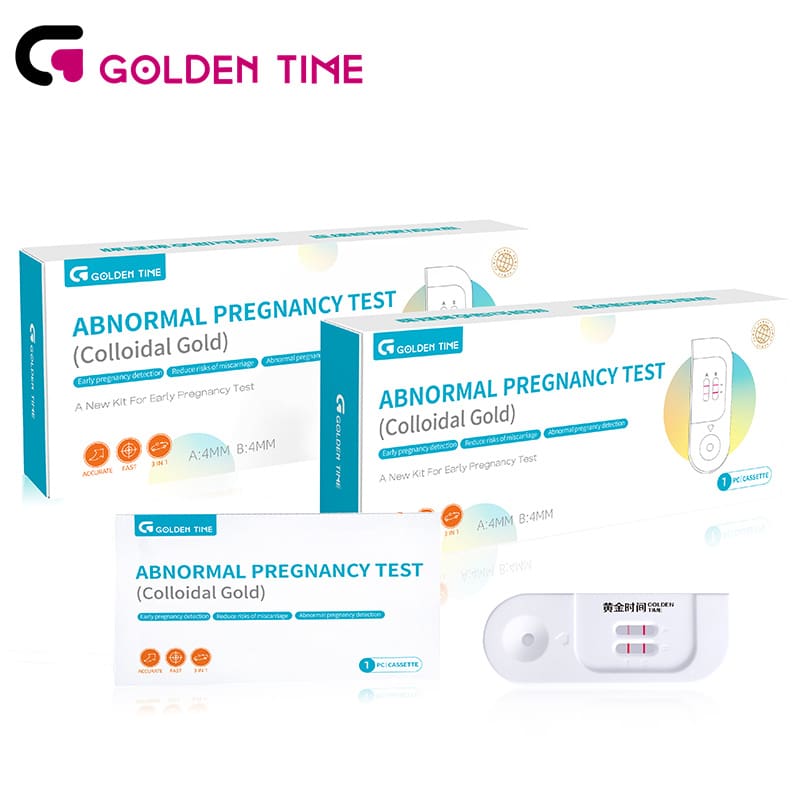Nov . 17, 2024 04:32 Back to list
typhoid test
Understanding Typhoid Fever and the Importance of Testing
Typhoid fever, caused by the bacterium Salmonella enterica serotype Typhi (S. Typhi), remains a significant global health issue, particularly in developing countries with inadequate sanitation and unsafe drinking water. It is a highly contagious disease and can lead to severe complications if not diagnosed and treated promptly. The typhoid test is a crucial component in managing this illness, ensuring timely detection and appropriate intervention.
The transmission of typhoid fever usually occurs through the ingestion of contaminated food or water. In areas lacking proper sanitation facilities, the risk of spreading the infection increases substantially. Once ingested, the bacteria invade the intestinal lining, enter the bloodstream, and can lead to systemic infection. Symptoms typically manifest within one to three weeks after exposure and include high fever, weakness, stomach pains, headache, and loss of appetite. If left untreated, typhoid fever can result in serious health complications, such as intestinal perforation, severe hemorrhage, and can even be fatal.
Given the serious nature of the disease, early diagnosis is key. The typhoid test plays a pivotal role in the process. There are several types of tests available to diagnose typhoid fever, including blood cultures, stool cultures, and serological tests. Blood cultures are often considered the gold standard for diagnosis, as they can identify the presence of S. Typhi in the bloodstream. A patient’s blood is drawn and cultured in a laboratory setting to check for bacterial growth. This process can take up to several days, but it is crucial for confirming typhoid fever.
typhoid test

Another common testing method is the Widal test, a serological test that detects the presence of antibodies against the bacteria in the patient’s blood. While the Widal test can be useful, it is important to understand its limitations, as it may yield false positives or negatives depending on various factors, including prior vaccinations or infections. Stool cultures can also be utilized, but these are less common due to the lower sensitivity compared to blood cultures.
The implications of timely and accurate testing cannot be overstated. Rapid diagnosis leads to early treatment with antibiotics, significantly reducing the risk of complications. Commonly used antibiotics include ciprofloxacin, azithromycin, and ceftriaxone. However, the emergence of antibiotic-resistant strains of S. Typhi poses a significant challenge, making it even more critical to confirm the diagnosis through testing and to adapt treatment strategies accordingly.
Public awareness of typhoid fever, its symptoms, and the importance of testing is essential to combat the disease. Educational initiatives can help communities understand the risk factors associated with typhoid fever and emphasize the necessity of both personal hygiene and safe food and water practices. Vaccination against typhoid is also an effective preventive measure, particularly for individuals traveling to endemic areas.
In conclusion, the typhoid test is a vital tool in the fight against typhoid fever. By facilitating early diagnosis and treatment, it helps mitigate the risks associated with this serious infection. Continued efforts in public health education, improved sanitation, and access to healthcare resources are essential for controlling and ultimately eradicating typhoid fever globally. Awareness and vigilance are key in ensuring that individuals remain safe from this preventable yet potentially deadly disease.
-
Dengue NS1 Rapid Diagnostic Test Kit
NewsMar.07,2025
-
Dengue NS1 Rapid Diagnostic Test Kit
NewsMar.07,2025
-
Dengue NS1 Rapid Diagnostic Test Kit
NewsMar.07,2025
-
Transferrin Rapid Test Cassette Tumor Marker TF Card
NewsMar.07,2025
-
Malaria Pf Pan Rapid Diagnostic Test Kit
NewsMar.07,2025
-
malaria pf / pan ag rapid test
NewsMar.07,2025

